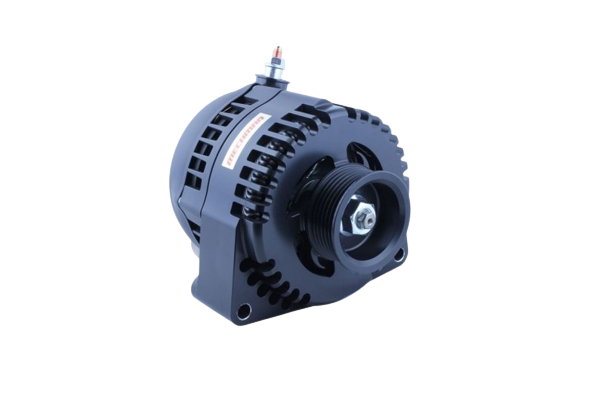How Does a Car Charging System Works

How Many Charging Components Does Your Vehicle Have?
Your vehicle's charging system is responsible for powering electricity to all electrical components, however there are a few components that stand out from the rest. In this article we will learn the importance of a charging system in your vehicle and how it actually works.
Explaining How The Charging System Works, And The Basic Functions.
Your vehicle's charging system consists of a set of components that work together to create charge and power other electrical components. If you are driving a newer model vehicle, then you may have noticed that many of these electrical components that your vehicle is equipped with come factory fitted. These electrical components however, require a sufficient electrical supply in order to properly function. These components include your vehicle's radio system, headlights, sensors and more.
Listed Below Are The Functions Of A Charging System:
- The electrical supply to power your vehicle's electrical components solely rely upon the charging system when the engine is turned off. This means that your vehicle's electrical components are able to receive charge without experiencing strain on the battery.
- When there are any electrical issues that your vehicle may be experiencing, the charging system will immediately notify you by sensor indication through the ECU. You may notice that your vehicle's warning will be flashing.
- The charging system powers the electrical components in your vehicle without requiring the engine to run. This saves you from the unnecessary use of fuel consumption, while avoiding wear and tear.
- The Three Main Charging System Components Found Within The Engine Compartment.
The components below are considered as the main components of the charging system in any modern vehicle.
1. Battery
As common knowledge states, the maximum functionality of a battery in any vehicle is highly recommendable, as this acts as a power supply to the many electrical components. Although, the starter motor of your vehicle is responsible for creating a spark within the engine by performing internal combustion. Once your vehicle's engine is running, the starter motor is no longer in use while the alternator now charges/powers the battery. Without the ignition being switched on, the battery is still capable of providing power to other electrical components.
2. Alternator
The alternator of your vehicle is one of the most important contributors in the charging system's overall performance. The battery is powered and charged by the alternator, although the alternator produces an alternating current (AC). Due to this, the AC is then converted into direct current (DC) - this is to simply comply with your vehicle's 12V DC electrical system requirement. This is the reason why an alternator is always inspected after battery failure, holding high responsibility to power at all times.
3. Voltage Regulator
The alternator's output power is monitored by a voltage regulator. What this basically means is that when the alternator produces an output power, the voltage regulator maintains a voltage reading between 13.5 to 14.4V. This is done to avoid unnecessary wear and tear on other electrical components. An illuminating warning light indicates failure within the charging system, in most cases this indicates a poor alternator.
What Are The Common Signs And Symptoms That Indicate Poor Charging System?
If you are experiencing poor vehicle performance and suspect your vehicle's charging system as the fault, read on to learn about the common signs to early diagnosis the problem.
- Volt Testing Below 13.5
If you are unsure of your vehicle's alternator working condition, it is best to test for fault first, before performing any repairs or replacement. Using a voltmeter to your vehicle's alternator, a reading between 13.5 to 14.4V is required. If your alternator is not reading between these numbers, then this is a clear indication of alternator fault affecting your vehicle's charging system. Alternatively, test your vehicle's voltage regulator and battery if you are still experiencing poor electrical performance and the alternator reads as normal.
- Malfunctions From Electrical Components
Electrical components, as the name states- requires an electrical charge in order to be powered. Many drivers like myself have surely experienced a dead battery after leaving the radio system or headlights on for too long. However, it is completely normal to experience a flat battery after extensive use. Although, if your vehicle's battery is unable to charge again, then you may be experiencing a faulty charging system.
- Loss Of Power
If you are experiencing a poor charging system in your vehicle, you will notice that there will be a loss of power. This results in poor electrical response from headlights and other electrical components. However, most of your vehicle's systems are electrically regulated, this means that your vehicle can be affected on many other levels - compromising overall performance.
To perform testing on your vehicle's charging system you will require the necessary tools and equipment. However, if your vehicle's charging system needs replacing, you can visit AfricaBoyz Online to secure safe delivery. A poor charging system is detrimental to your vehicle as this affects the battery's ability to power your starter motor. For more information on the necessary equipment and spares, follow the link to browse through prices at your convenience.
